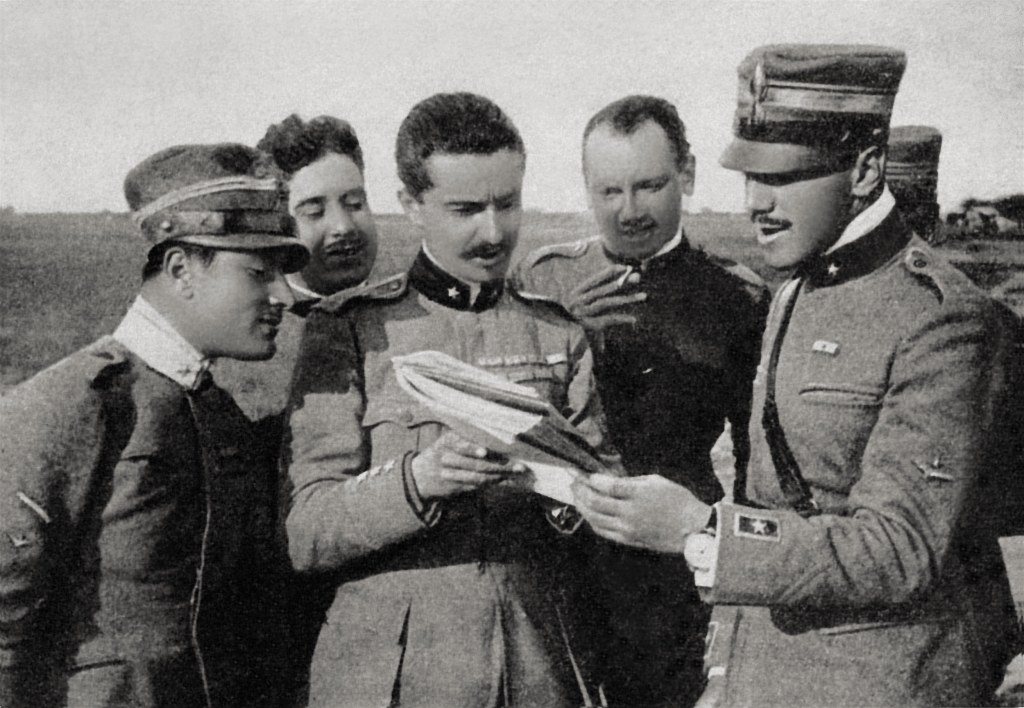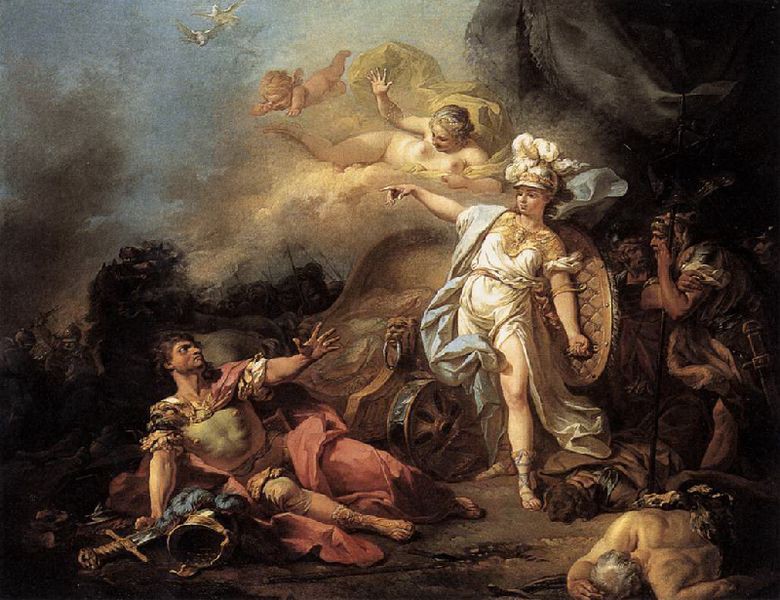Derived from the term romance-like, in which sense it was used during the 17th and 18th centuries. Romanticism in its specific historical application refers to a movement in European art from about 1800 to 1850. It had its roots in the preromantic concepts of the second part of the 18th century, as expressed in Jean Jacques Rousseau’s writings and in the cult of the “genius,” the “`original.” and the “`characteristic,” Neo-Gothicism. Sturm und Drang (“`storm and stress”) in German literature, and sentimentalism prepared the ground for the romanticism of the 19th century.
Romanticism did not produce a unified style but expressed itself in central and northern Europe in terms of the somewhat earlier linear neoclassicism. Only in French painting did romanticism develop a www. spontaneous. subjective, and painterly language in contrast to the deliberate. objective, linear style of the neoclassical masters. Paralleling the philosophical and literary cult of nature and the natural, it reintroduced landscape painting and reflected the newly awakened sense for history, in historical paintings, and for religious-metaphysical speculations. in its revival of Christian art. Christian symbolism was related to the cosmic infinite; historical religion, to the seasons and the hours of the day..
In France the heroic age of the Revolution and of Napoleon’s empire gave the romantic spirit a tendency toward the contemporary. The actual, the sensational, the unusual. and the exalted prevailed.
Between the year 1744 (when the Pope died) and the year 1798 (when the Lyrical Ballads first appeared) a great change had taken place, men thought and felt the change by many factors, historical, religious economic and political. Many revolutions won by people seemed to prove to the whole world that the individual could win against the “System”, that liberty for all men wasn’t a hopeless dream.
The literary expression in England of the period may be said to have opened in 1798, year of the publication of the Lyrical Ballads, result of the collaboration of two young poets Wordsworth and Coleridge. In the first edition of the Ballads passed almost unnoticed, but the second in 1800, attracted the attention of critics for the <> to the new edition explained the ideas behind the new type of poetry.
Poetry, thought Wordsworth and Coleridge, should deal with simple subjects and humble people, and moreover, be written in the simple language of everyday life.







